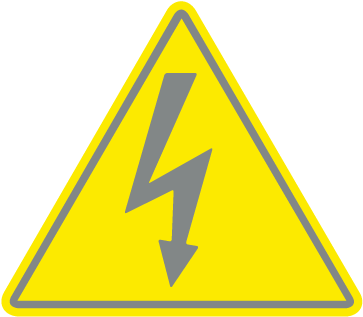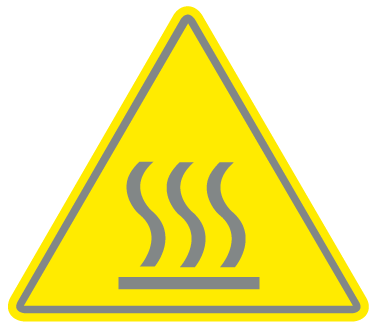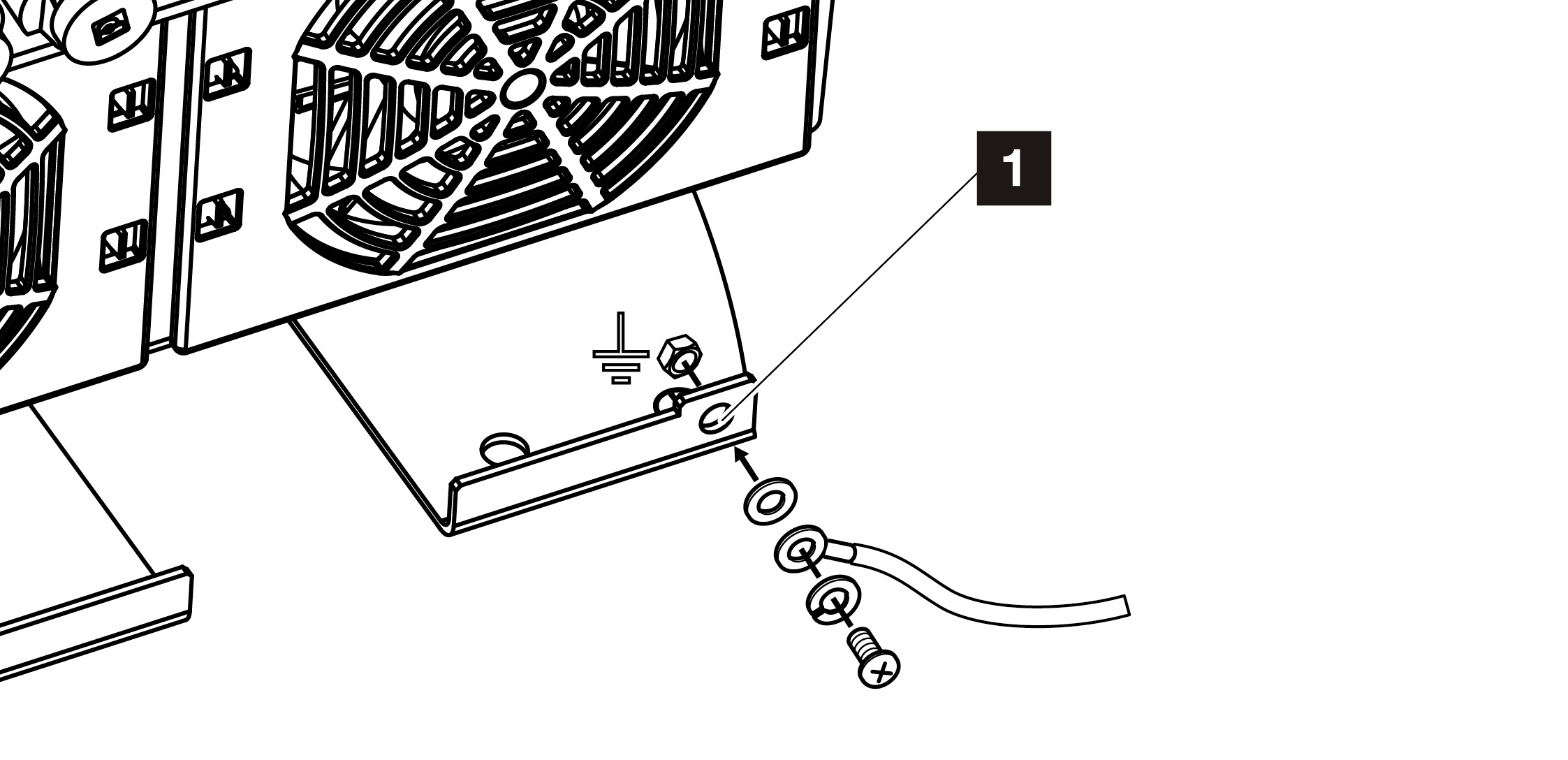Connecting the mains cable
- De-energise the house grid.
DANGER

Risk of death due to electrical shock and discharge!
De-energise device and secure against being switched on again. De-energising the inverter
- Secure home fuses against reactivation.
- Switch the DC switch on the inverter to OFF.
- Remove screws on the bottom cover and take off the cover.
IMPORTANT INFORMATION

Whenever working inside the inverter, only ever use insulated tools to prevent short-circuits.
- Remove screws of terminal compartment and take off cover.
- Correctly lay the mains cable from the power distributor to the inverter.
IMPORTANT INFORMATION

See Technical data for the dimensioning of the required AC line circuit breaker.
Single-wire cables (type NYY-J or NYM-J) without core end sleeves can be used with the AC terminal.
When using cables with fine wires (type H05../H07RN-F), core end sleeves must be used. Ensure that the contact length is 18 mm.

- Insert mains cable (2) into the inverter and seal with sealing ring (3) and union nut (4). Tighten union nut to the prescribed torque. Torque: 8 Nm (M25).
- When threaded connections are not used, leave the sealing ring in the threaded connections.
- Connect the wires of the mains cable to the AC terminal (1) in accordance with the labelling.
IMPORTANT INFORMATION

To connect the AC cables, the inverter is equipped with spring-loaded terminal strips. For this, the wires should be inserted into the large round openings (It. 1) of the terminal. The length of stripped insulation is 18 mm. Core end sleeves should be used with stranded cables.
- Install a line circuit breaker in the mains cable between the inverter and the feed meter to protect it against overcurrent.
CAUTION

Risk of fire due to overcurrent and heating of the mains cable
If mains cables are too small, they can heat up and cause a fire.
- Use a suitable cross-section
- Install line circuit breaker to secure against overcurrent.
IMPORTANT INFORMATION

This product may generate a direct current in the outer protective earthing conductor. A type A or B RCD ≥300 mA can be used on the AC side as a residual current device (RCD). Use of a type A RCD is enabled in the Webserver by going to Service menu > External hardware settings > Residual current protection equipment. (Default setting: type A RCD enabled.)
- In countries in which a second PE connection is required, connect this at the marked place on the housing (outside).

- The AC connection is connected.


